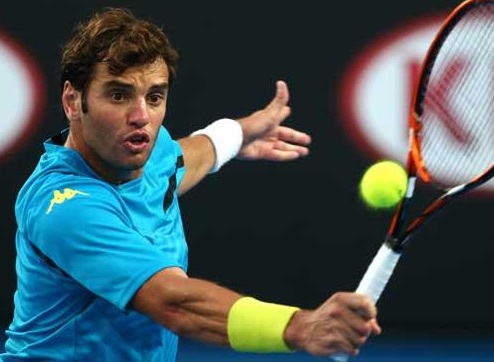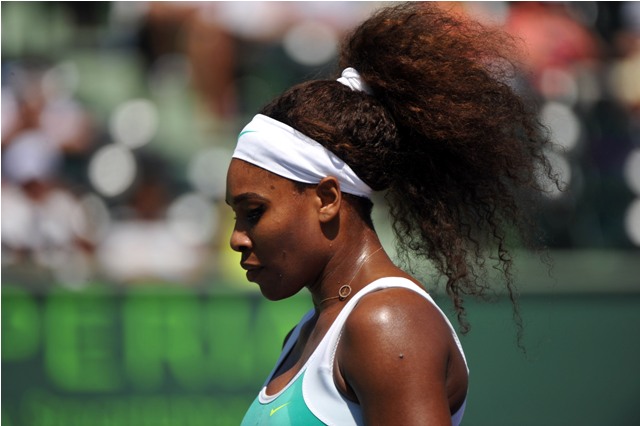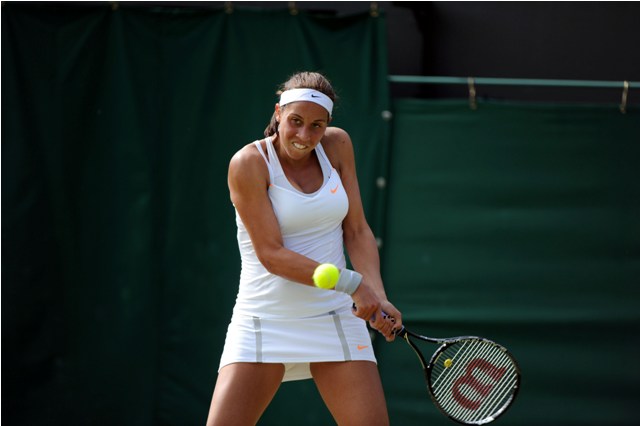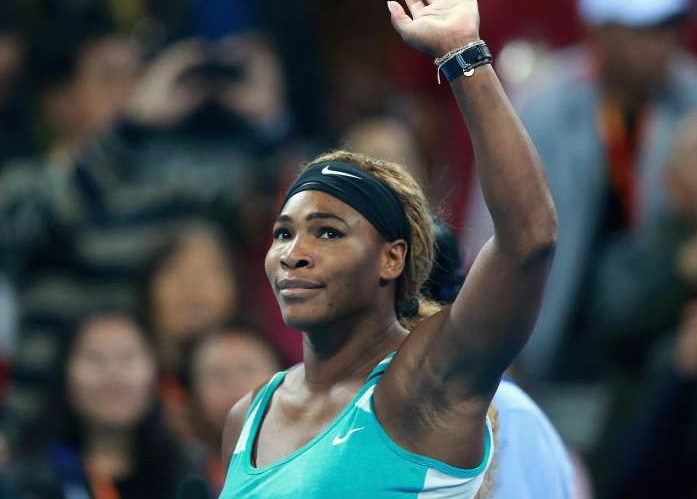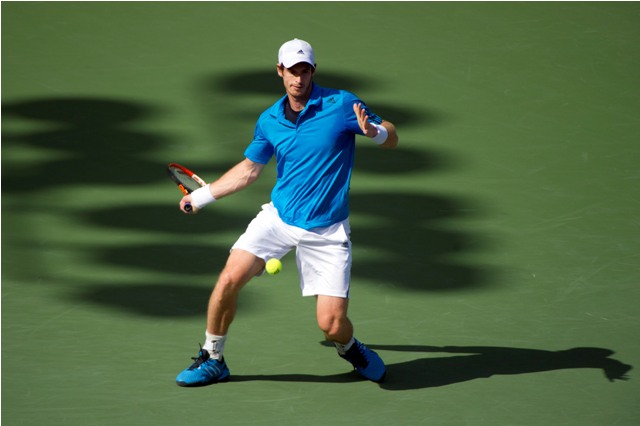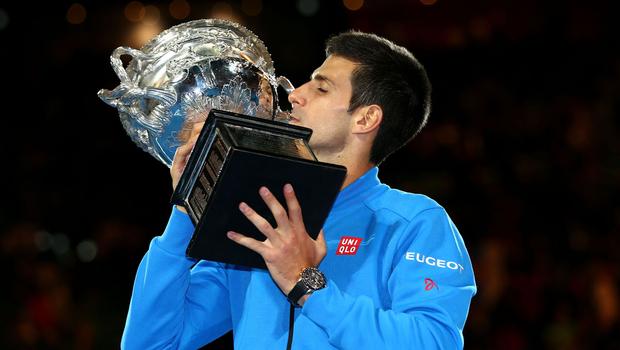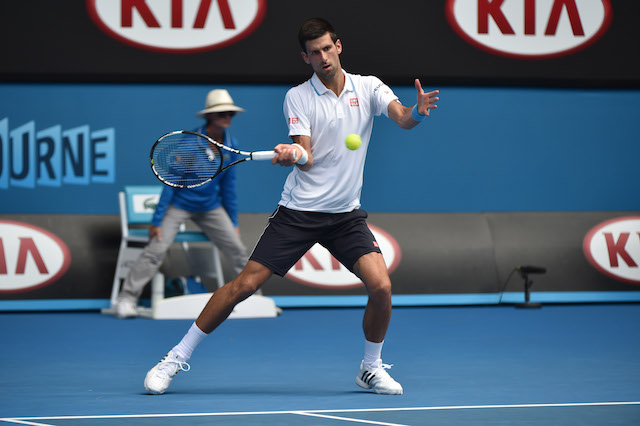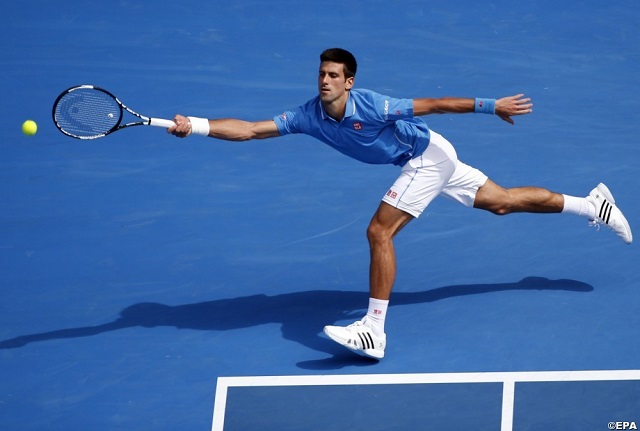ATP Investigates Foul Play in Tunisian Withdrawal Ahead of Israeli Encounter

Following suspicious actions earlier this week, the ATP World Tour is investigating an incident where a Tunisian tennis player retired from a match that he was winning, and would have lead him to an encounter against an Israeli in the following round.
The player in question, Malek Jaziri, took the first set off Denis Istomin in Round 1 of the Open Sud de France. He later retired from the match after he suffered an elbow injury and called for the trainer on two occasions.
This incident immedialtey took center stage, as in 2013, the Tunisian Tennis federation forced Jaziri to withdraw from am ATP Challenger match against Israeli opponent Amir Weintraub in Uzbekistan. This led to the International Tennis Federation placing a ban on Tunisia from the 2014 Davis Cup.
Article Continues Below Ad
After conducting their investigation, the ATP confirmed that the Tunisian’s retirement was indeed due to an elbow injury. The Associated Press first broke the story.
“Given a previous incident involving the player’s national federation in 2013, we are looking into any wider circumstances of his withdrawal as a matter of prudence,” the ATP said in a statement to the AP.
Here is Jaziri’s reasoning as quoted by Fédéric Bernès in l’Équipe (via @markalannixon)
“My phone is off, it’s not working. I haven’t received any orders or pressure. I’m playing Denis, he’s no piece of cake. I hadn’t looked at my next match, and even if I’d known … I got a golfer’s elbow at the Australian Open (reached the 3rd round). The travelling after, the time differences, that didn’t help. I’ve only hit the ball once in the last eight days. I took pain killers but I’m still hurting. Not so much when I hit the ball, but just after bringing the racquet back. It’s like a tendinitis in the forearm. You have to be smart in cases like this – I’ve got some big tournaments ahead in Memphis, Indian Wells, Miami and I didn’t want to run the risk of aggravating the problem. My cervical vertebrae really hurt this morning.”
It should be noted that over the past few decades, Arab countries have boycotted all forms of sporting events against Israeli opposition in protest for the harrowing situation unfolding in Palestine.


